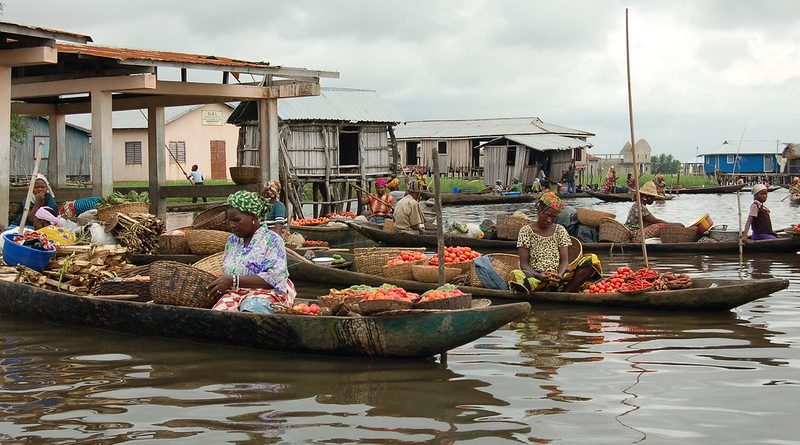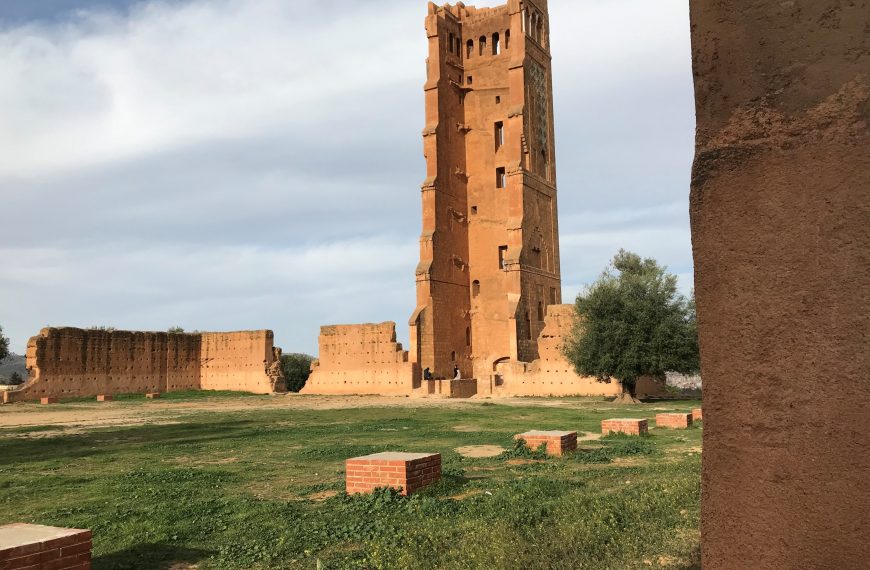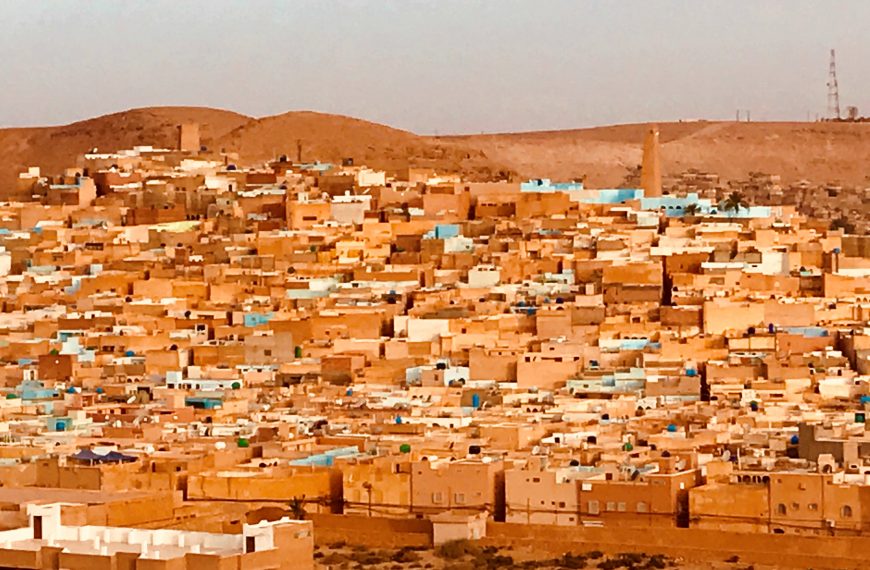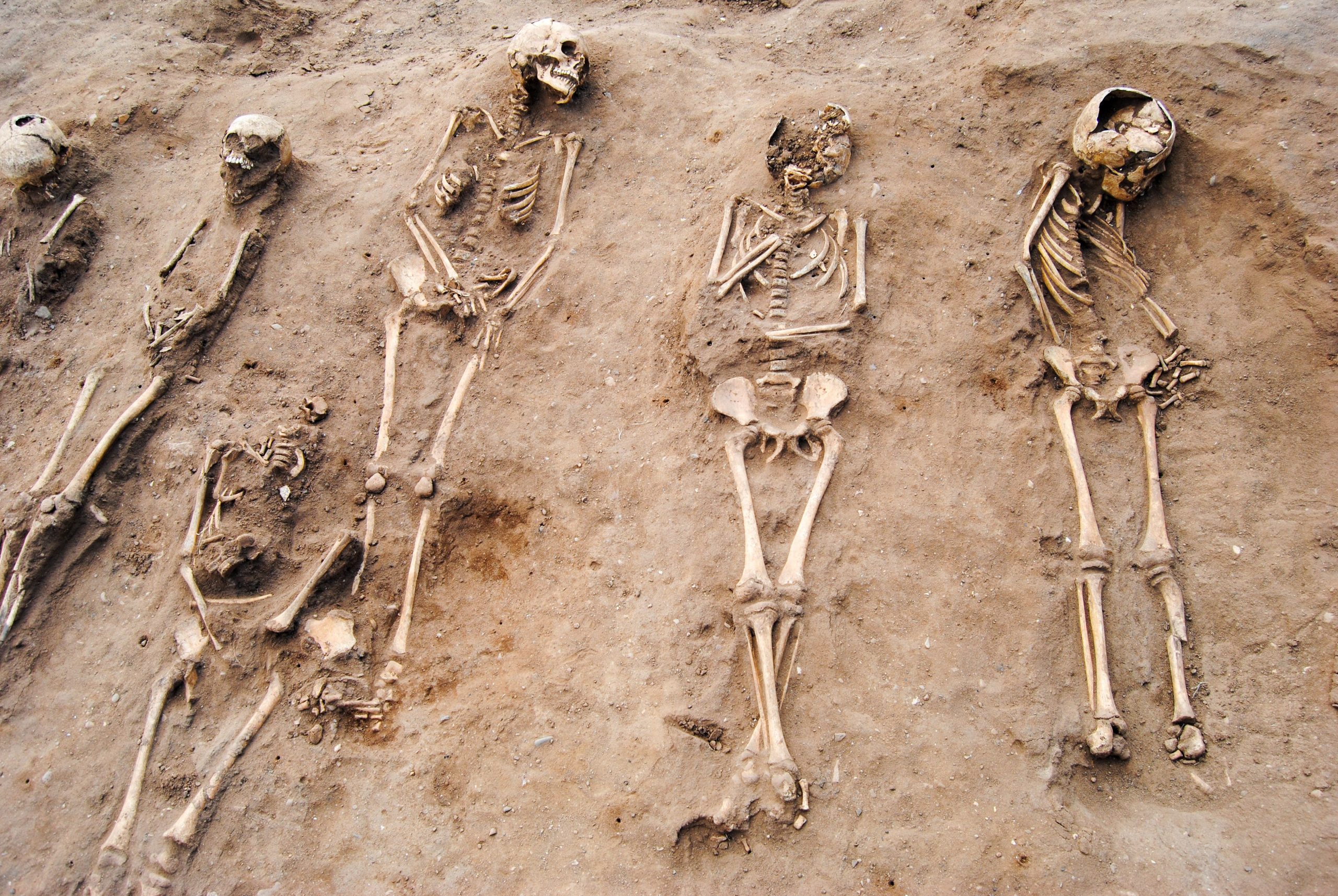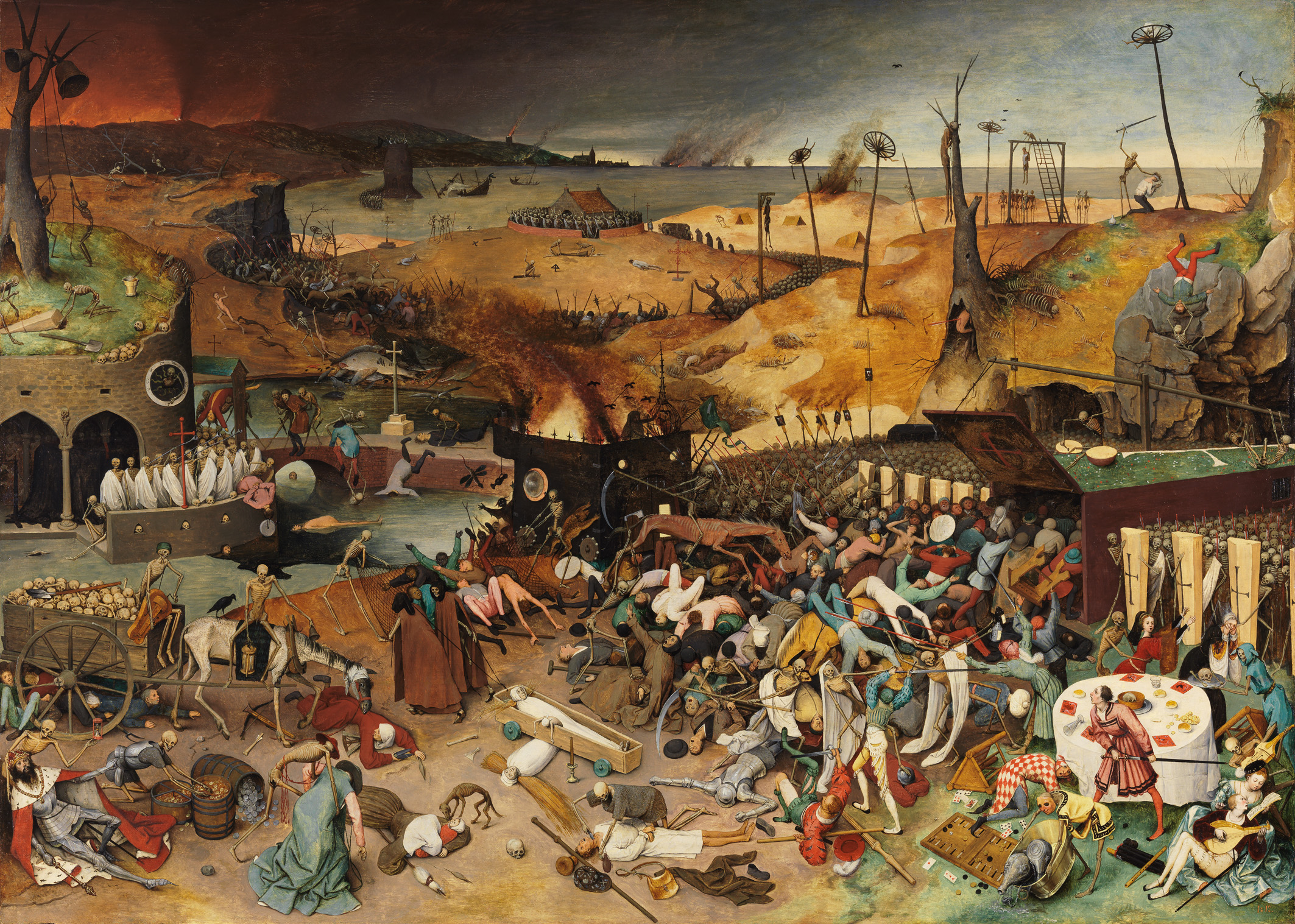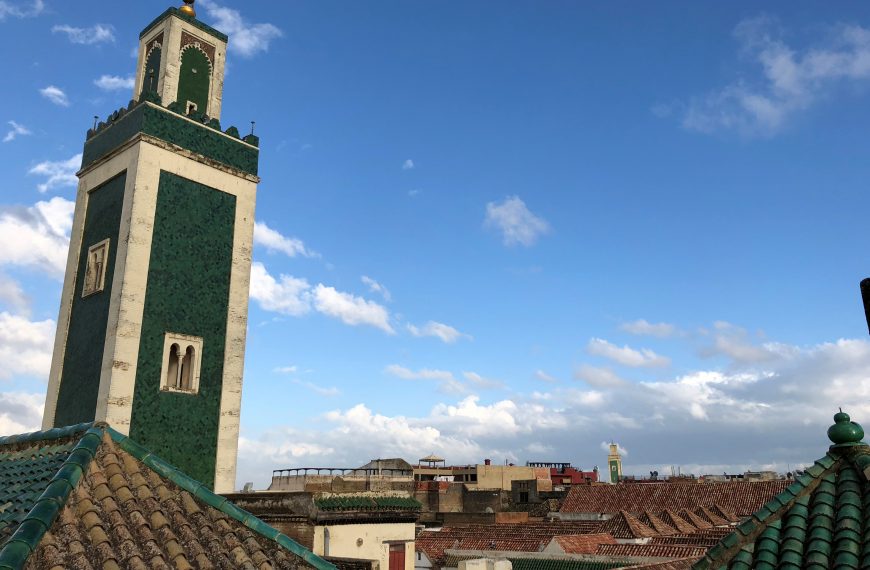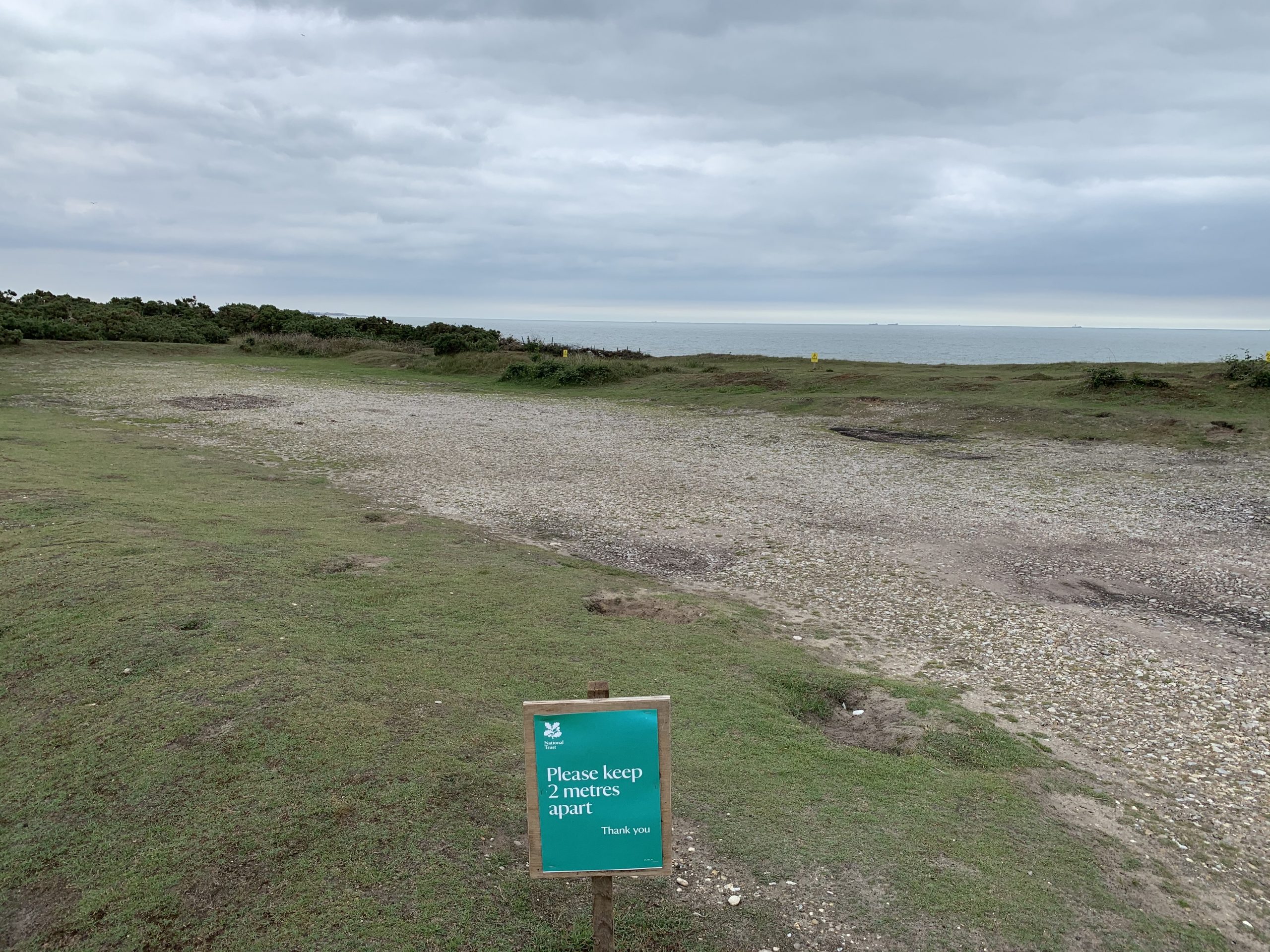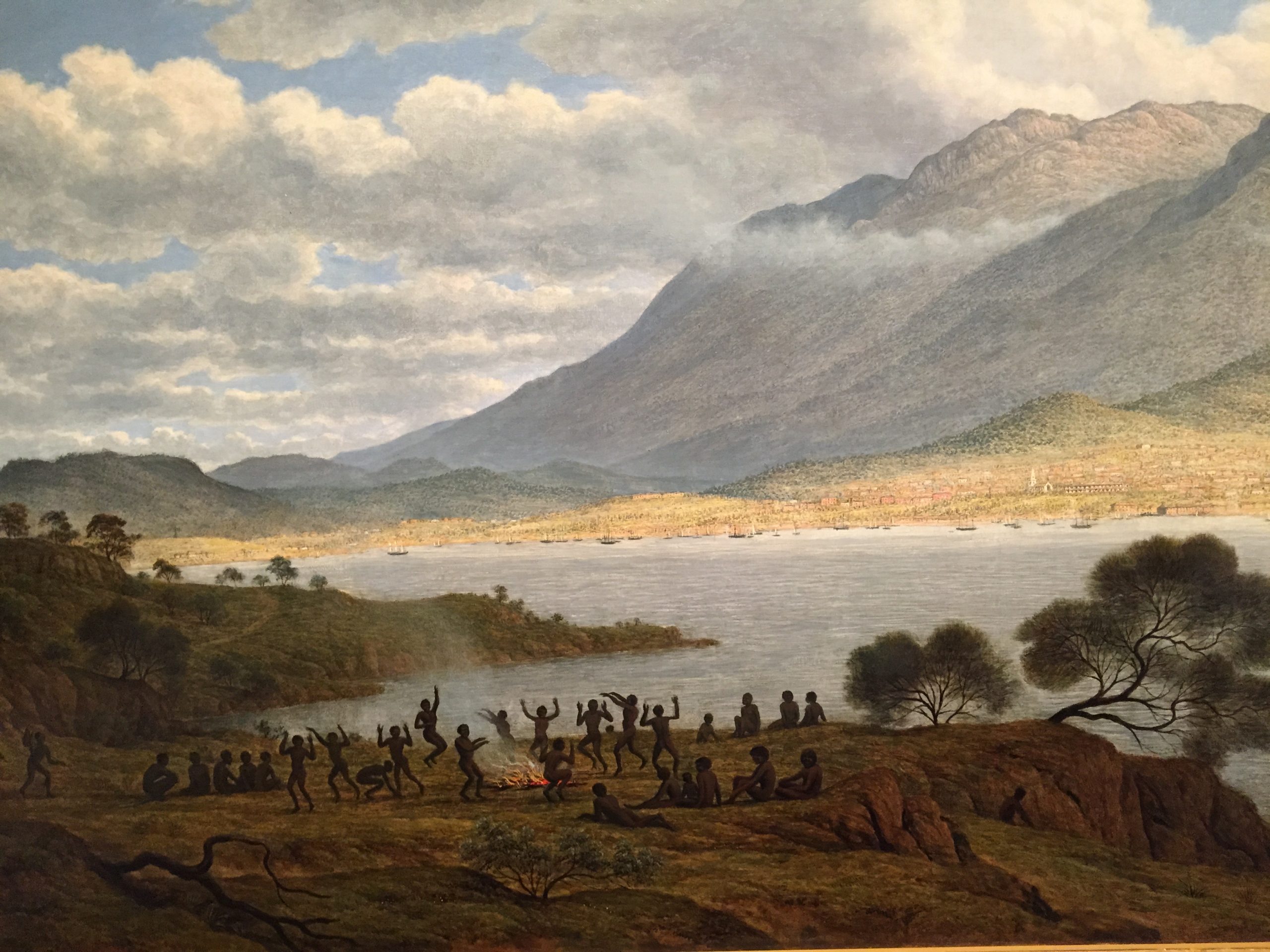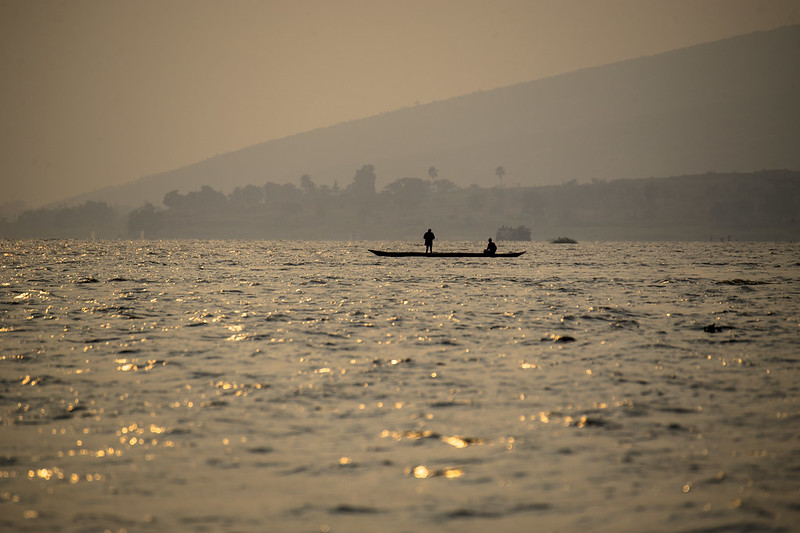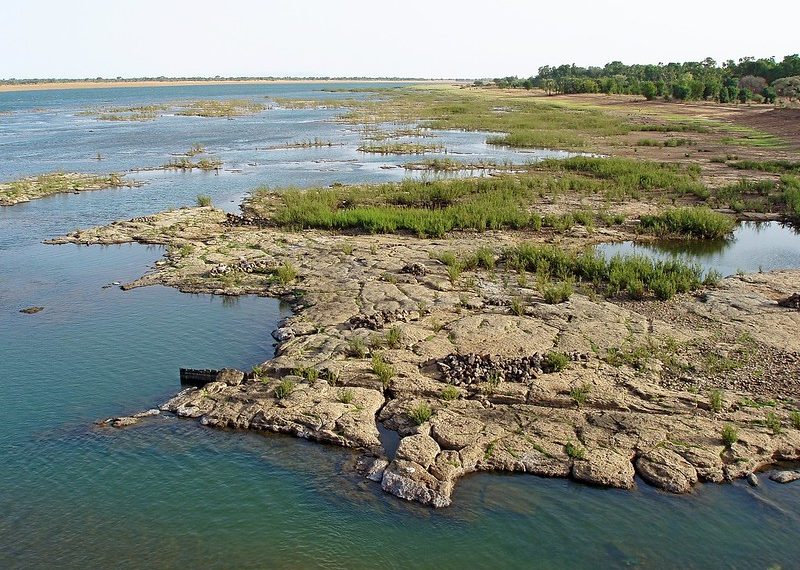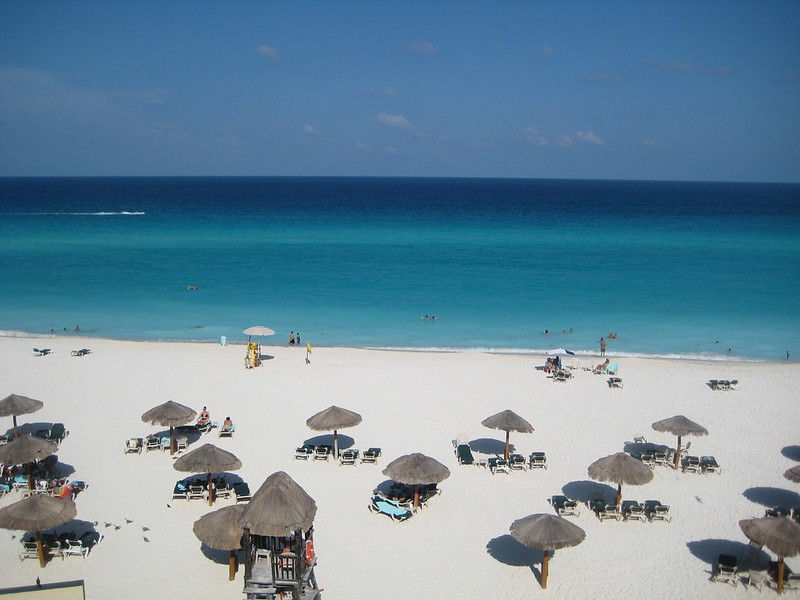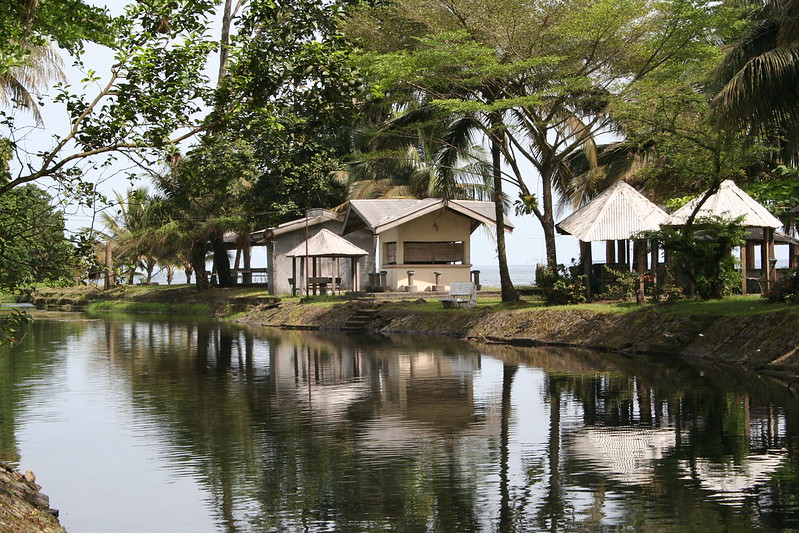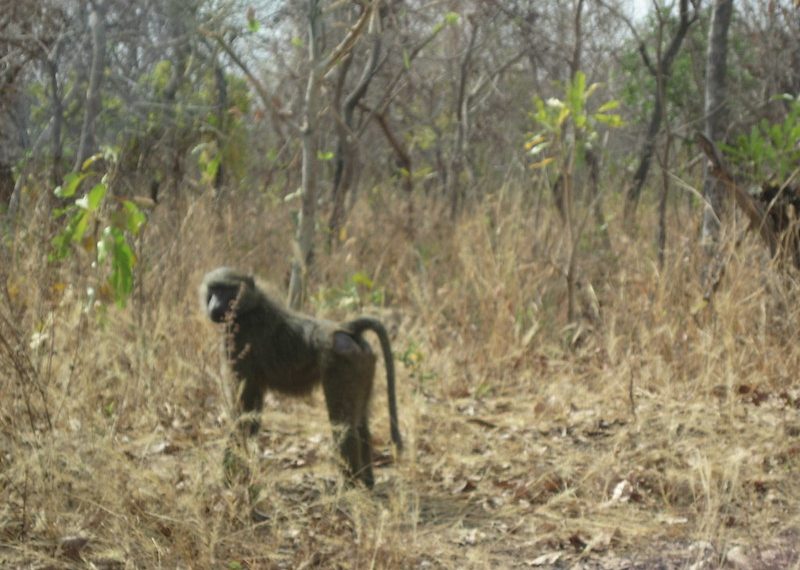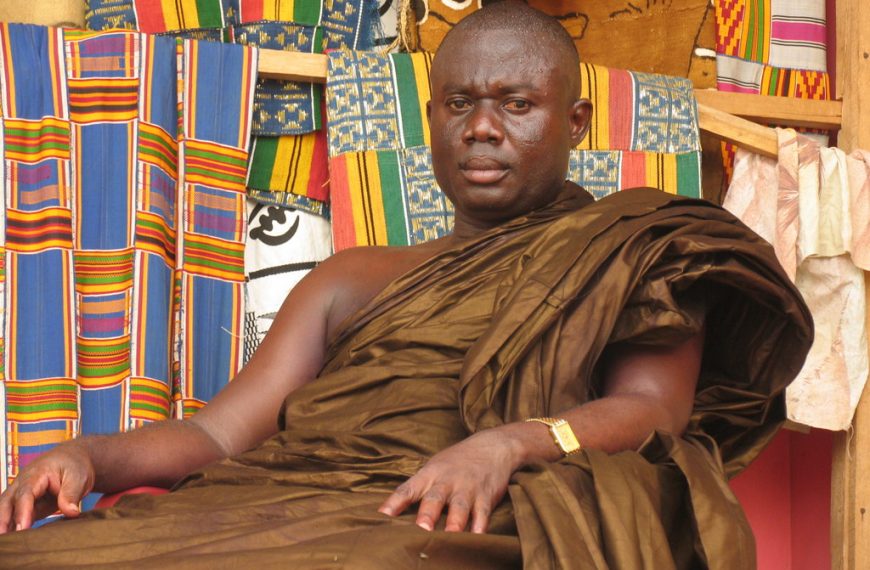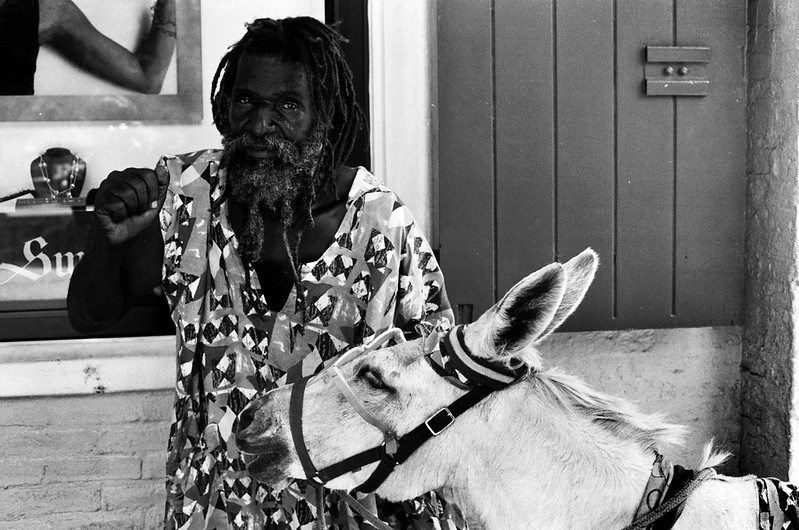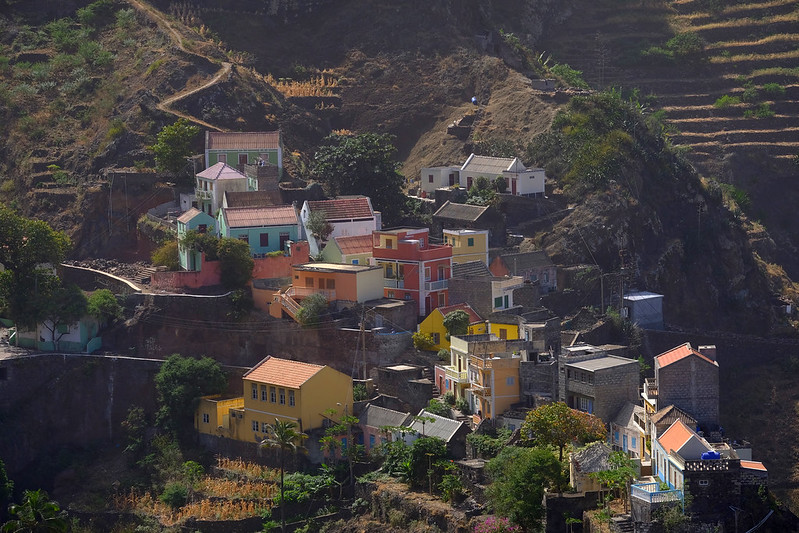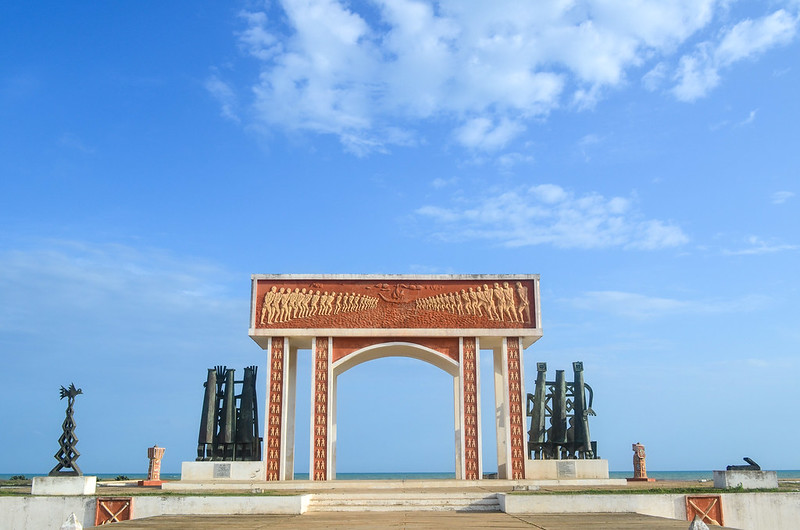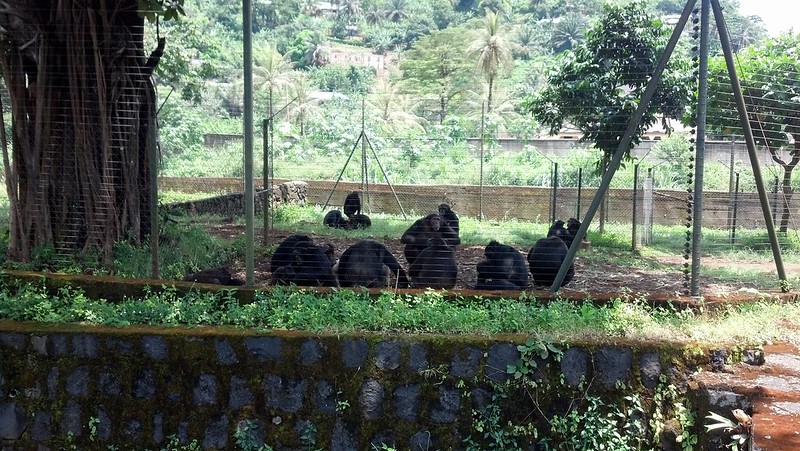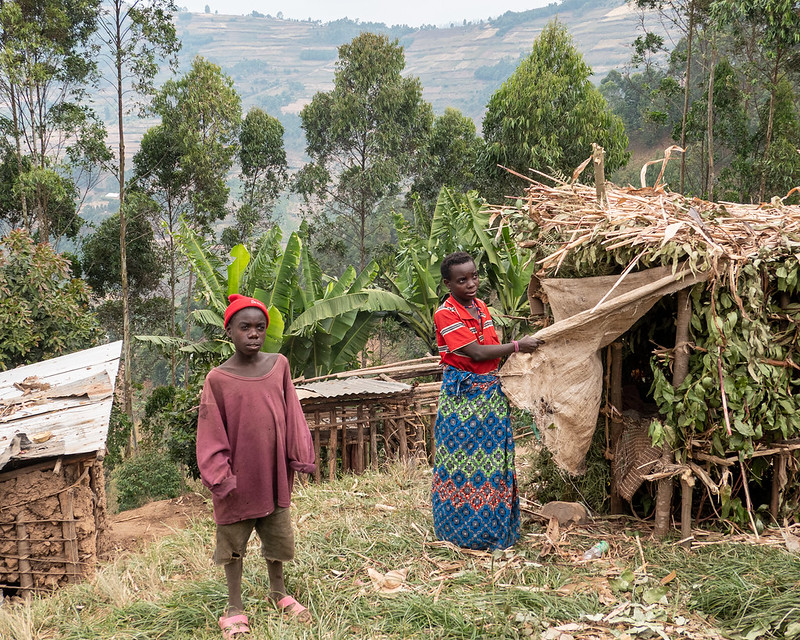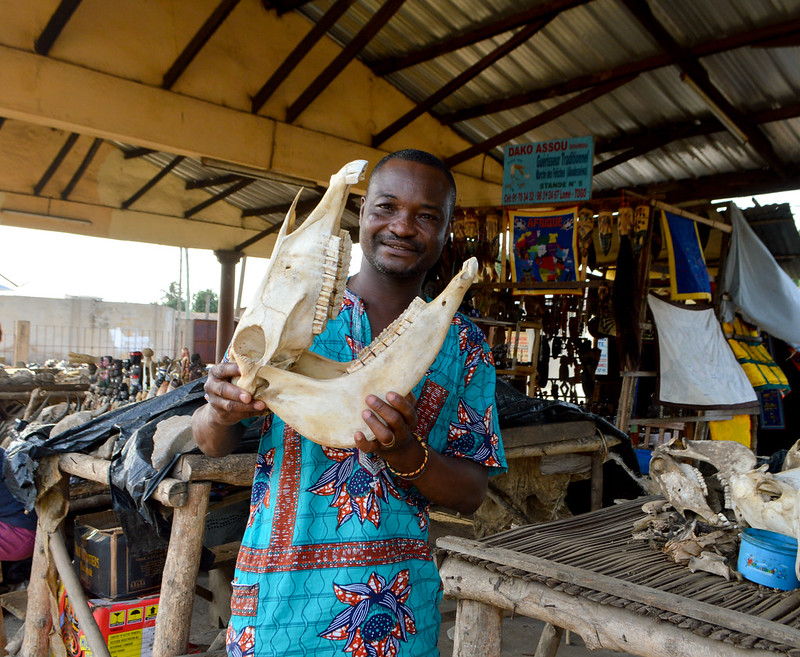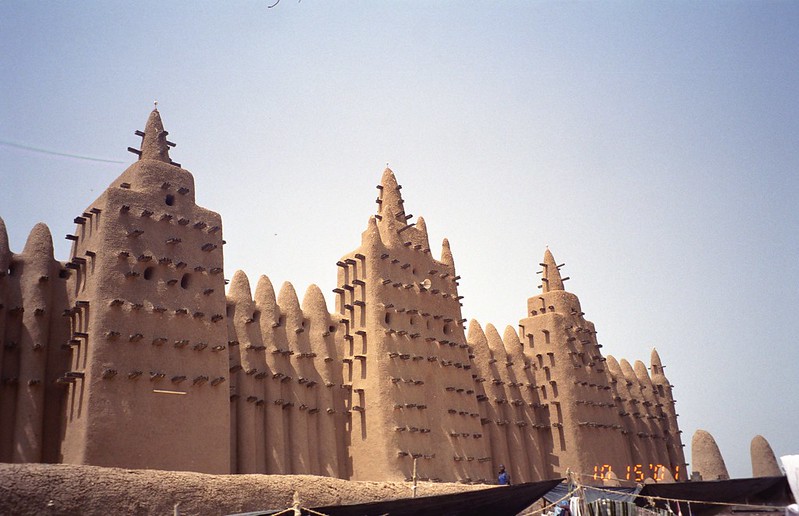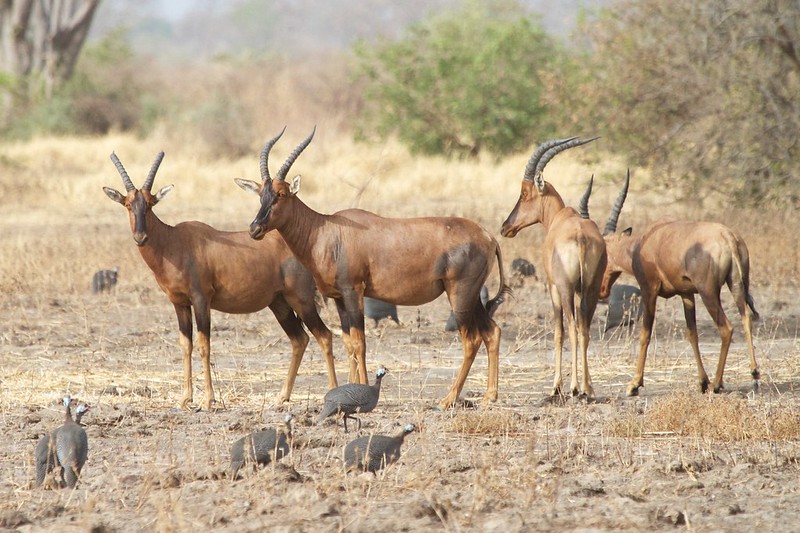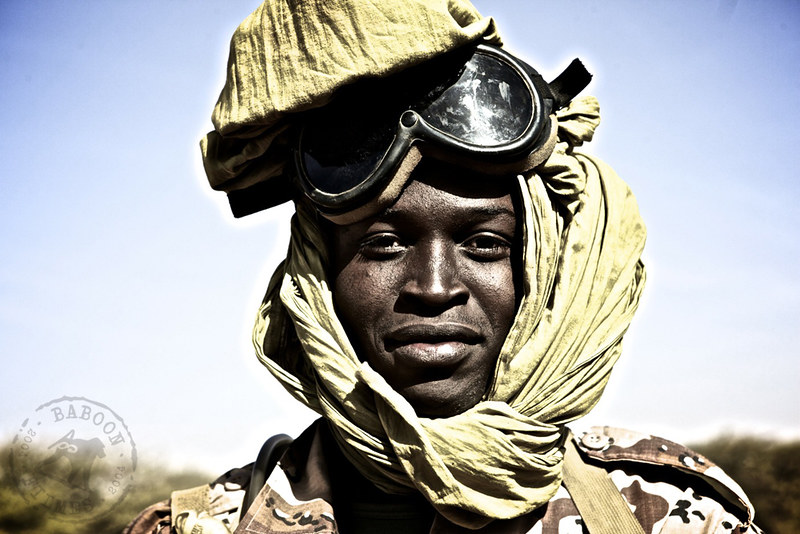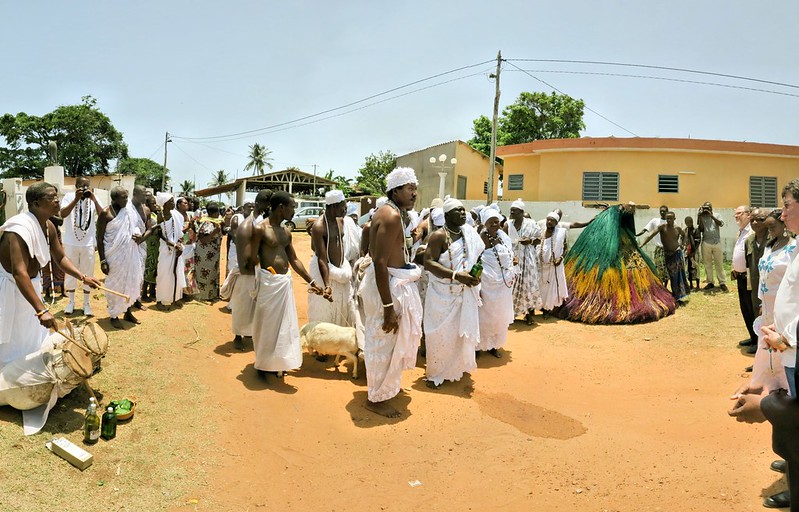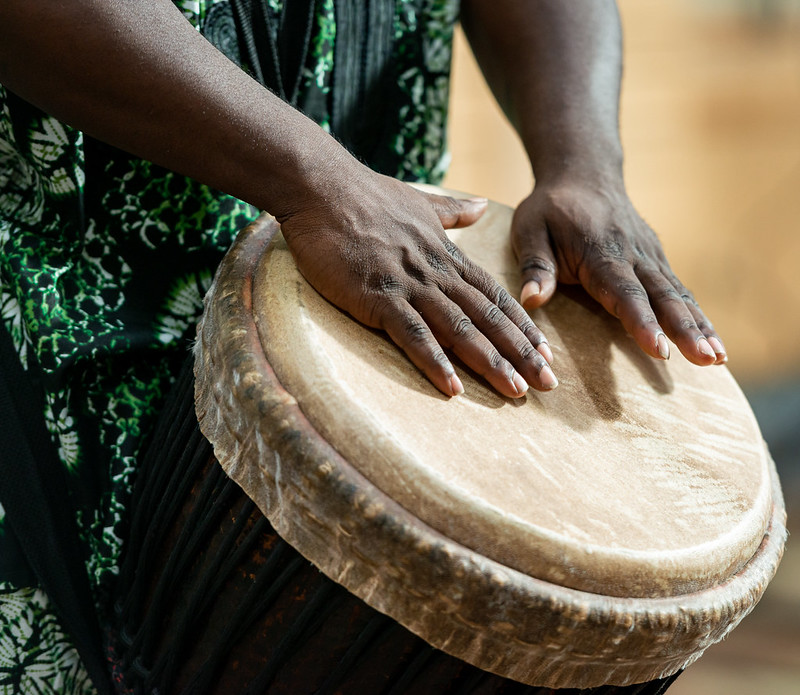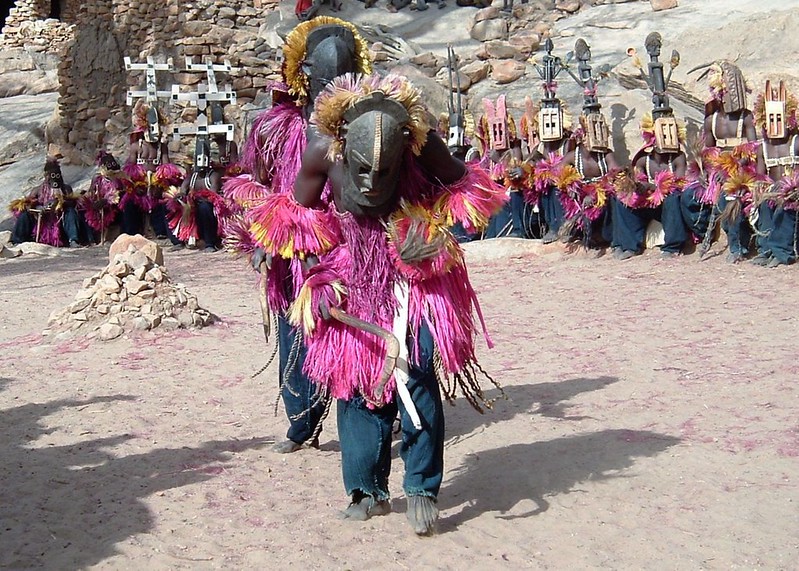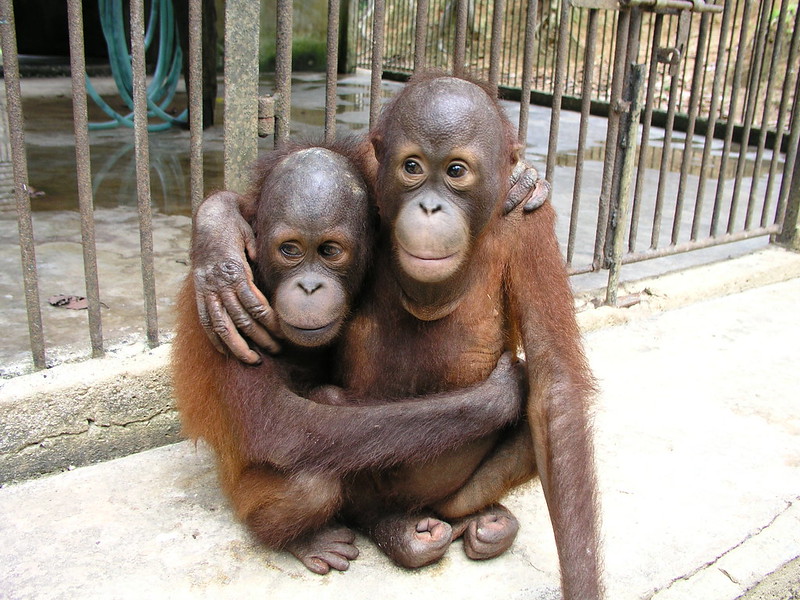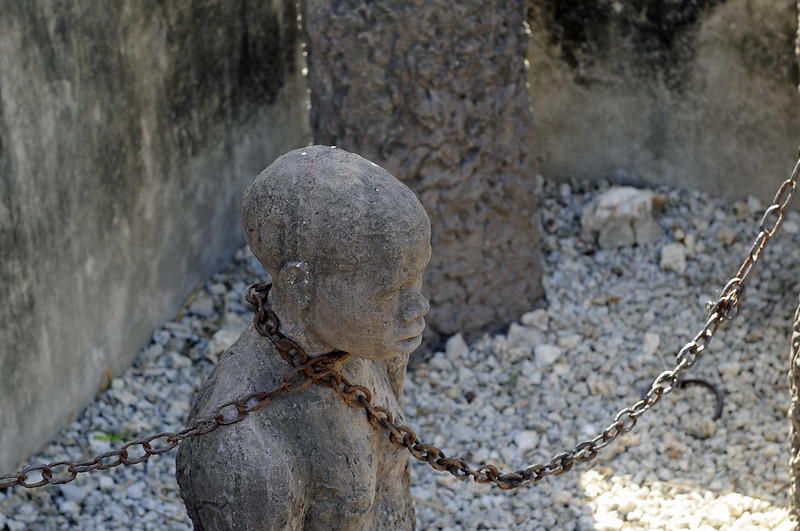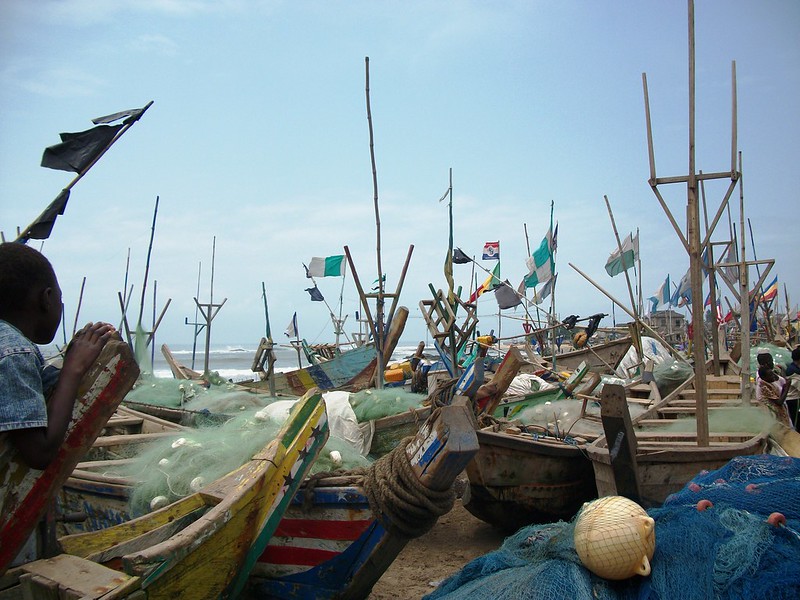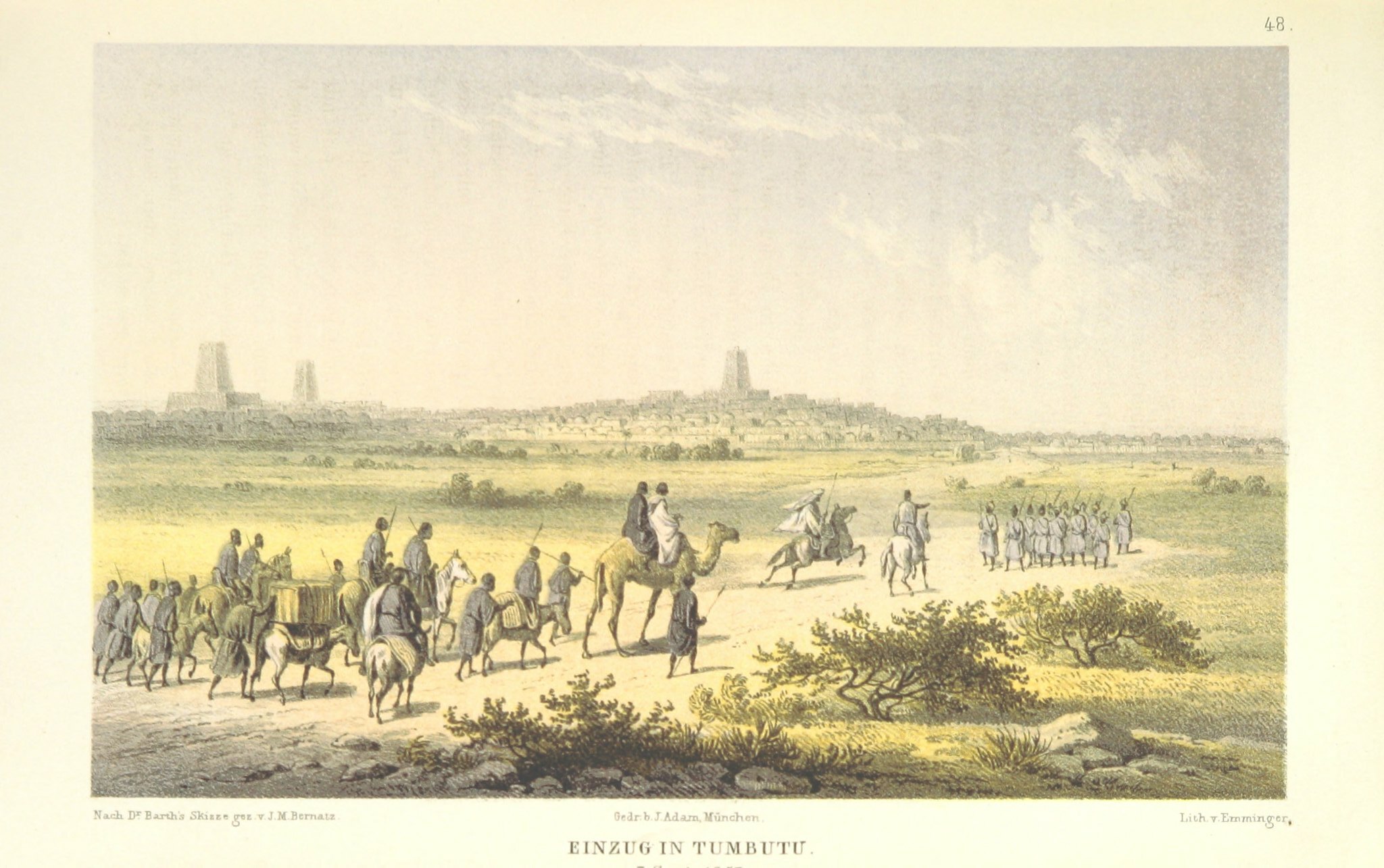Burkina Faso
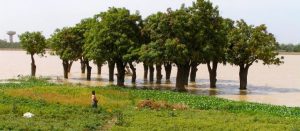
The heaviest rainfall occurs between June and October. From December to February the weather is marginally cooler, with midday maximums only occasionally exceeding 90°F.
Mali
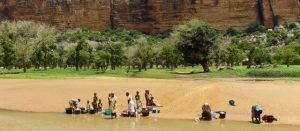
The rainy season is from June to September. In the far north of the country, rainfall is rare in comparison to the south which can receive up to fifteen inches. The hot season lasts from March to May and the strong winds over the winter period create violent sand storms which should be avoided.
People
West Africa is home to a large and fascinating number of indigenous tribes and cultures and it is not uncommon for several of these to co-exist in any one region. In some countries, the population may be fairly evenly divided between ethnic groups, but in others, one may predominate over others.
In Mali, for example, the Dogon people are physically distinct from the rest of the population and have fought hard to preserve their ancient cultures, whereas the people of Benin are collectively tied to the practices of ceremony and ritual, especially those which celebrate the spirit of Voodoo.
Burkina Faso has some 60 ethnic groups. The largest of these is the Mossi, who make up about half the population.
One of the highlights of travel in West Africa is meeting people: Africans are generally very easy going and towards foreigners and difficult to offend. Avoid public nudity and confrontation and you won’t go wrong.
Language
French is the official language spoken in all three countries, but many tribal dialects are more commonly spoken rurally.
Dress
This is one aspect of African culture where it is possible to cause offence. West Africans place great emphasis on appearance and generally dress conservatively so it’s not surprising that clothes worn by Western tourists are often considered offensive. In Africa, the baring of flesh is associated with labouring or poverty and may well be treated with contempt. Women should expect to be ridiculed for even minor displays of nudity and must remember that here breasts are usually not considered to be offensive, but legs and buttocks are.
Religion
The religions of West Africa fall into three main categories: Islam, Christianity and traditional beliefs, although there is much overlap between these. The general pattern of religion conforms to belief in a supreme being and a host of lesser gods or spirits. In Benin, for example, a belief in the spirit of Voodoo has developed independently incorporating features of other religious practice whereas the population of Mali is predominantly Muslim. In Burkina Faso, Muslim influences were resisted and most inhabitants continue to observe traditional beliefs, based mainly on ancestor and spirit worship.
Cash
Although it is possible to travel on less money than you would need for Europe, this region is not considered to be particularly cheap in comparison with many other parts of the developing world. The most economic and enjoyable way to shop in all regions is from the markets where local food and crafts can be bargained for. The currency in all three countries is the West African CFA franc (XAF), and you can change your money into local currency at banks or foreign exchange bureau. Don’t forget to carry some of your money in French francs as in smaller towns you’ll have difficulty changing anything but these:
Approximate conversion rates are:
$1 US = 476 XAF
£1 Sterling = 784 XAF
€1 Euro = 656 XAF
For up to date currency information, check the Currency Converter.
Visas
In all three countries, visas are required for everyone except citizens of the economic community of West African States (ECWAS), and in Benin, extendable 15 and 30 day visas are also available.
Food
An exciting feature of West African travel is the availability of street food which tends to be served on a stick, wrapped in paper or in a plastic bag. For something more substantial than this, West African meals typically consist of a staple with a sauce. Sauces are made from whatever is available – for example, in Mali, life is centred around millet which is harvested in summer but provides the staple diet throughout the whole year. It is rivalled in usefulness only by the Baobab tree, the pulp of which is used for a popular sauce known as gombo. Kojo is the local beer which is also constituted from millet and will cost you less than a bottle of drinking water.
Transport
Trains in West Africa are very common but very basic. Sleeping compartments are basic and there is rarely a dining car which leaves two options if you want to eat – either bring your own food or take advantage of one of the many stops that the train makes and buy your food on the platform. If you take bush taxis which normally you have to do, the wait is often longer than the actual journey. Bush taxis are the most common form of long distance transport in West Africa but beware as they are uncomfortable and unreliable and expect to clamber over bodies in order to find some available space.
Mali makes for an adventurous and rugged trip – travel by air conditioned minibus if you can or take advantage of the 4×4 touring vehicles in harder desert sections as long drives and walking can be very hot, especially in the Dogon villages.
Surprisingly, the best way to get around in West Africa is often by bike as it enables you to see more of the scenery. The best time to bike is in the dry winter period from mid October to the end of February. People in small market towns are occasionally willing to rent bicycles to travellers for the day and 20 miles is the average distance you should aim to travel.
Health
Benin and Mali require all travellers to have a yellow fever vaccination and malaria is a risk year round throughout both countries so you should take the appropriate precautions and remember to only drink water that has been treated or bottled. The same is true of Burkina Faso, although here it is also likely that you will be asked for proof of inoculation against meningitis when arriving at land borders, especially between Burkina and Mali.
Although the standard of living in West Africa is steadily improving, the standard of sanitation and the provision of safe water are still extremely poor so be cautious of the potential risks and avoid risks. Food and waterborne diseases are the number one cause of illness in travellers. Travellers diarrhea can be caused by viruses, bacteria, or parasites, which are found throughout the region and can contaminate food or water. Infections may also cause vomiting or liver damage so make sure your food and drinking water are safe.
